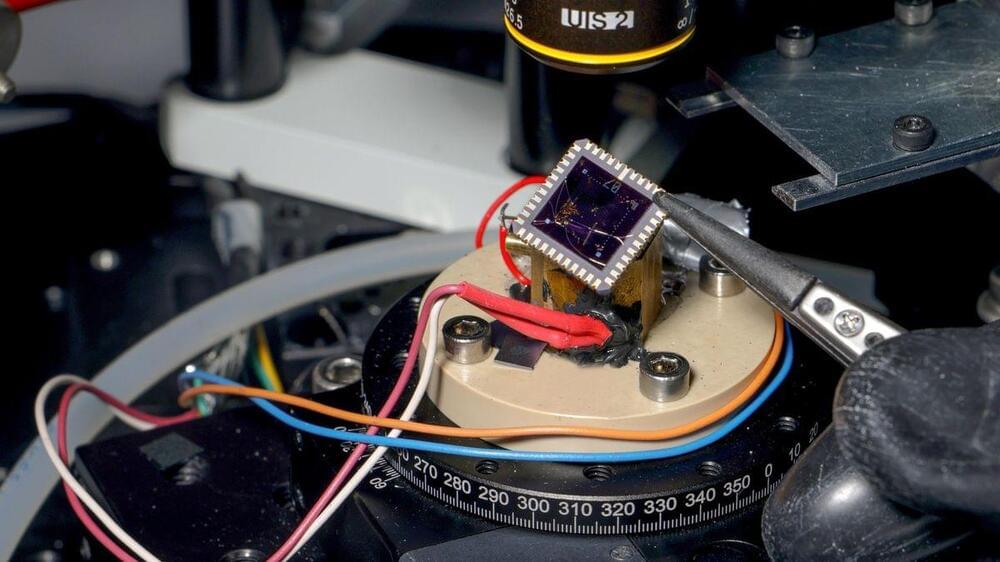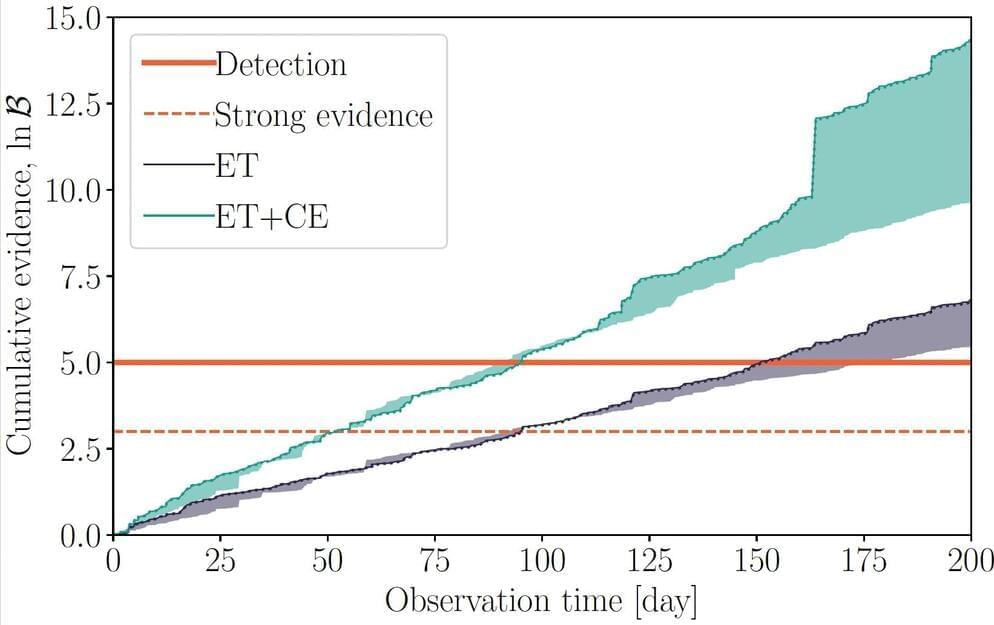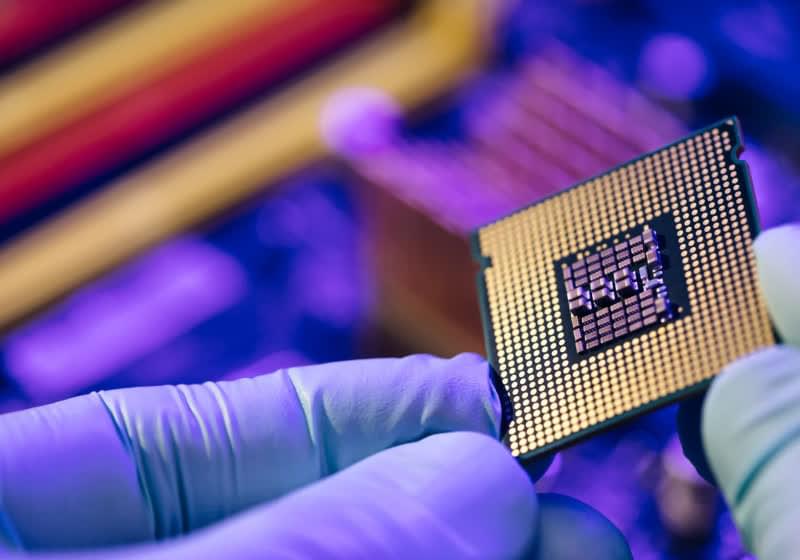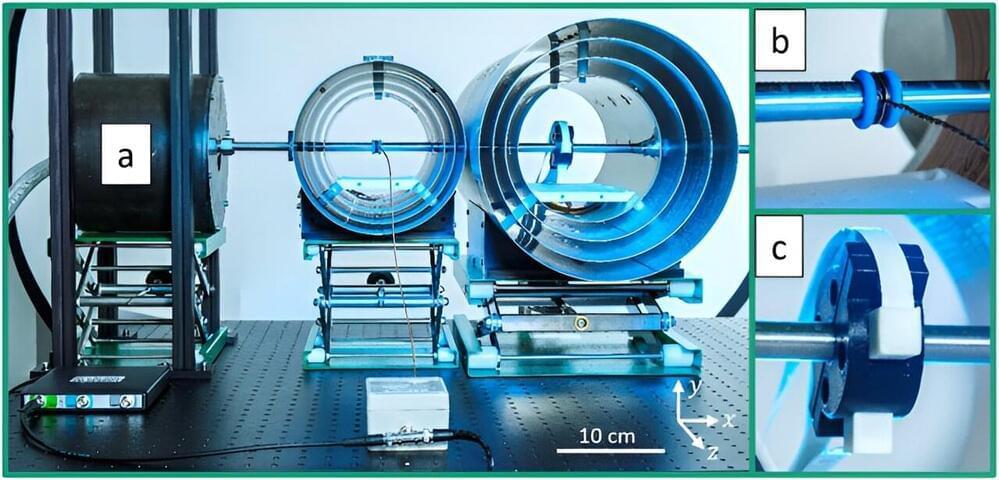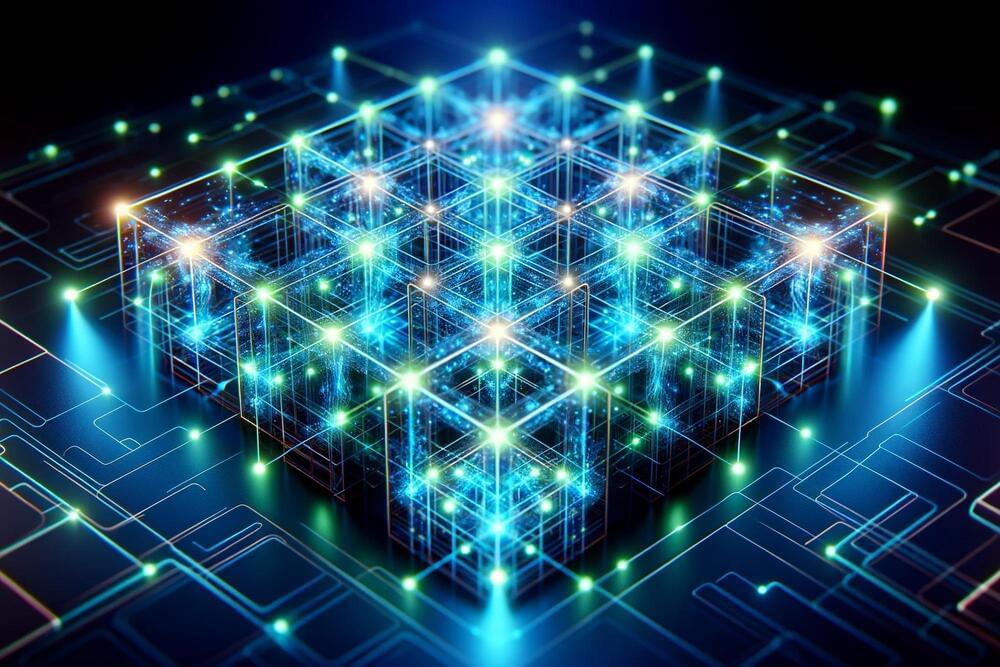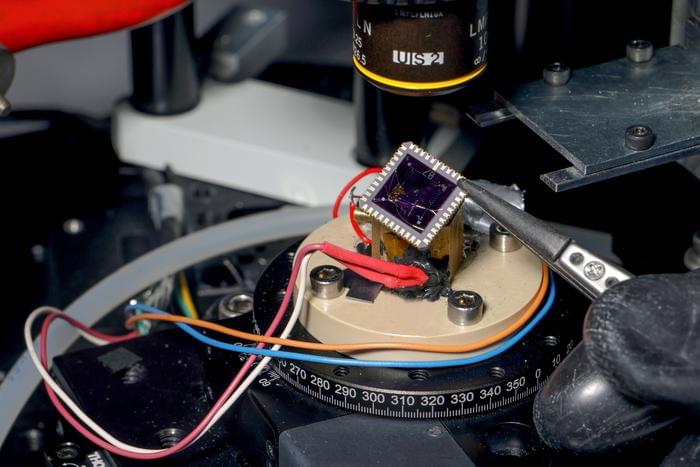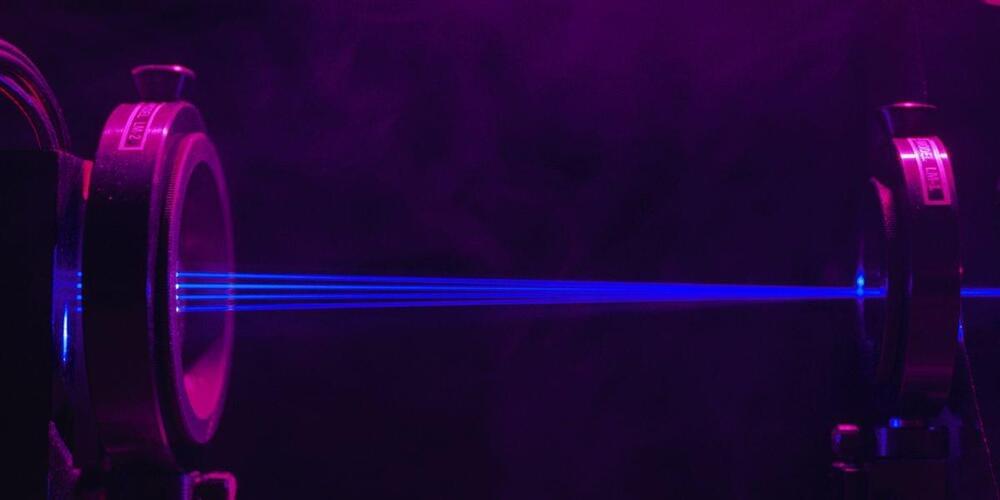Archive for the ‘quantum physics’ category: Page 82
Jul 8, 2024
Flying Qudits: Unlocking New Dimensions of Quantum Communication
Posted by Saúl Morales Rodriguéz in categories: computing, encryption, internet, quantum physics, security
Researchers have developed a breakthrough method for quantum information transmission using light particles called qudits, which utilize the spatial mode and polarization properties to enable faster, more secure data transfer and increased resistance to errors.
This technology could greatly enhance the capabilities of a quantum internet, providing long-distance, secure communication, and leading to the development of powerful quantum computers and unbreakable encryption.
Scientists have made a significant breakthrough in creating a new method for transmitting quantum information using particles of light called qudits. These qudits promise a future quantum internet that is both secure and powerful.
Jul 7, 2024
Exploring the possibility of probing fundamental spacetime symmetries via gravitational wave memory
Posted by Saúl Morales Rodriguéz in category: quantum physics
As predicted by the theory of general relativity, the passage of gravitational waves can leave a measurable change in the relative positions of objects. This physical phenomenon, known as gravitational wave memory, could potentially be leveraged to study both gravitational waves and spacetime.
Researchers at Gran Sasso Science Institute (GSSI) and the International School for Advanced Studies (SISSA) recently carried out a study exploring the possibility of using gravitational wave memory to measure spacetime symmetries, fundamental properties of spacetime that remain the same following specific transformations. Their paper, published in Physical Review Letters, suggests that these symmetries could be probed via the observation of displacement and spin memory.
“For a long time, I was curious about the phenomenon of gravitational wave memory and the connection of the associated low energy physics with quantum mechanics,” Boris Goncharov, co-author of the paper, told Phys.org. “I first heard about Weinberg’s soft graviton theorem from Prof. Paul Lasky at Monash University in Australia, during my Ph.D, when discussing gravitational wave memory. Then I learned about the so-called ” Infrared Triangle’ that connects the soft theorem with gravitational wave memory and symmetries of spacetime at infinity from gravitational wave sources.”
Jul 7, 2024
Research team creates process to grow sub-nanometer transistors
Posted by Shailesh Prasad in categories: computing, nanotechnology, quantum physics, space
Why it matters: Moore’s Law might not be dead after all. A new technique using nanomaterials can further miniaturize transistors, allowing fab plants to pack more of them on each chip. This research opens up new possibilities for creating advanced semiconductor devices with features smaller than current lithography techniques allow.
A South Korean research team led by Director Jo Moon-Ho of the Center for Van der Waals Quantum Solids within South Korea’s Institute for Basic Science has made a significant advancement in semiconductor and nanomaterial technology that could lead to the development of much smaller, more efficient, and more powerful electronic devices. The new technique can grow “one-dimentional” metallic nanaomaterials with widths as narrow as 0.4 nanometers for use as gate electrodes on 2D substrates. The technique promises to overcome the limitations of traditional lithography.
Integrated devices based on two-dimensional semiconductors exhibit excellent electrical properties even when thinned to atomic-scale thickness, making them promising candidates for creating ultra-thin, high-performance electronic devices. A separate study indicates that these 2D logic circuits are promising candidates for the post-Moore’s Law era.
Jul 7, 2024
Quantum sensors: How does the flow profile affect flow measurements?
Posted by Shubham Ghosh Roy in categories: electronics, quantum physics
Researchers at Fraunhofer IPM have developed a contactless flow measurement method based on magnetic fields. For the first time, they have been able to show the quantitative impact of the flow profile on the magnetic signal. This opens up new possibilities for improving the measurement method.
The results were recently published in the Journal of Applied Physics.
There are many manufacturing processes across various industries where flowing liquids play a key role. Controlling or automating such processes requires reliable data on the flow rate of the liquids. The magnetic field-based flow measurement technique developed at Fraunhofer IPM provides accurate flow data without any contact with the liquid.
Jul 6, 2024
Stanley Jordan Plays the Periodical Table (Ionization Energies)
Posted by Saúl Morales Rodriguéz in categories: computing, mobile phones, particle physics, quantum physics
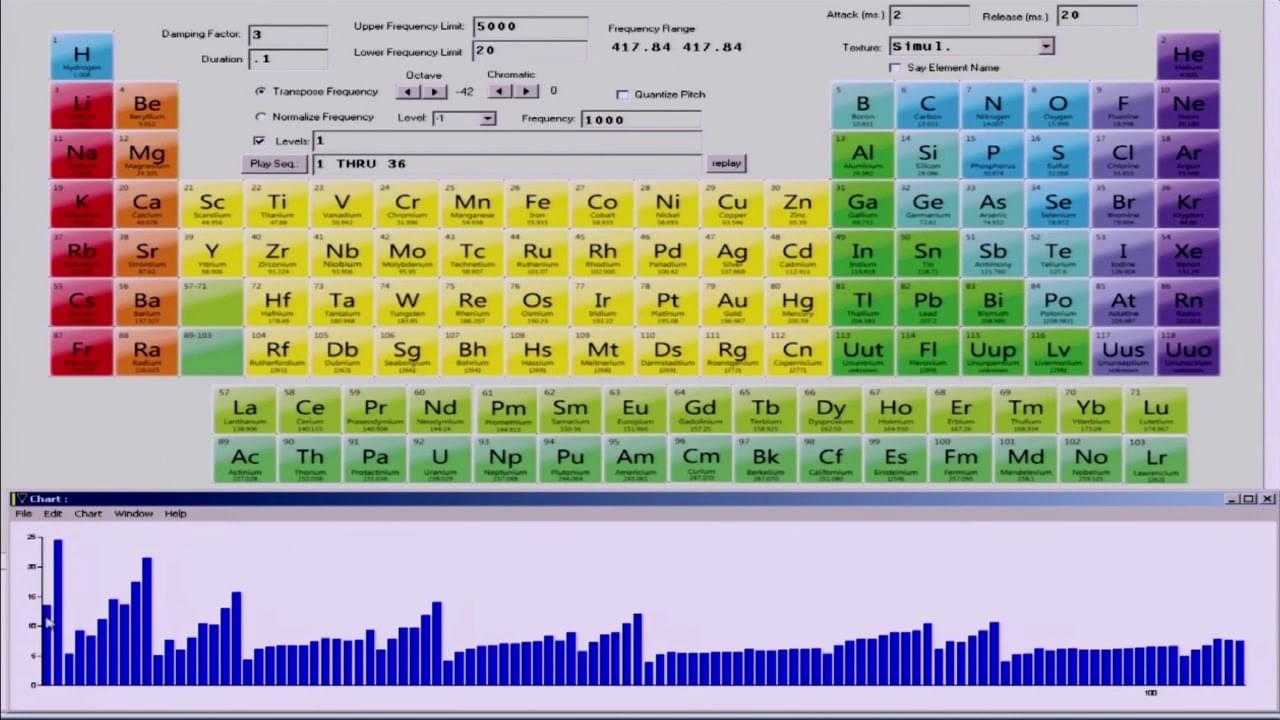
The ionization energy is the amount of energy required to remove a single electron from an atom. If the atom has more than one electron, each one requires more energy than the previous one. The result is a series of increasing energy levels, and in the quantum world these energies correspond to frequencies, as in a musical scale.
This raises an interesting question: if we could hear these frequencies how would they sound? I created an app to find out, and in this video I used my app to share what I learned. As it turns out, the results are quite musical.
Continue reading “Stanley Jordan Plays the Periodical Table (Ionization Energies)” »
Jul 6, 2024
Sound Science: How Phononic Crystals are Shaping Quantum Computing
Posted by Saúl Morales Rodriguéz in categories: computing, genetics, information science, mobile phones, nanotechnology, quantum physics, science
Researchers have developed a genetic algorithm for designing phononic crystal nanostructures, significantly advancing quantum computing and communications.
The new method, validated through experiments, allows precise control of acoustic wave propagation, promising improvements in devices like smartphones and quantum computers.
Quantum Computing Revolution
Jul 6, 2024
Wormholes and quantum entanglement | Juan Maldacena
Posted by Shubham Ghosh Roy in categories: cosmology, quantum physics
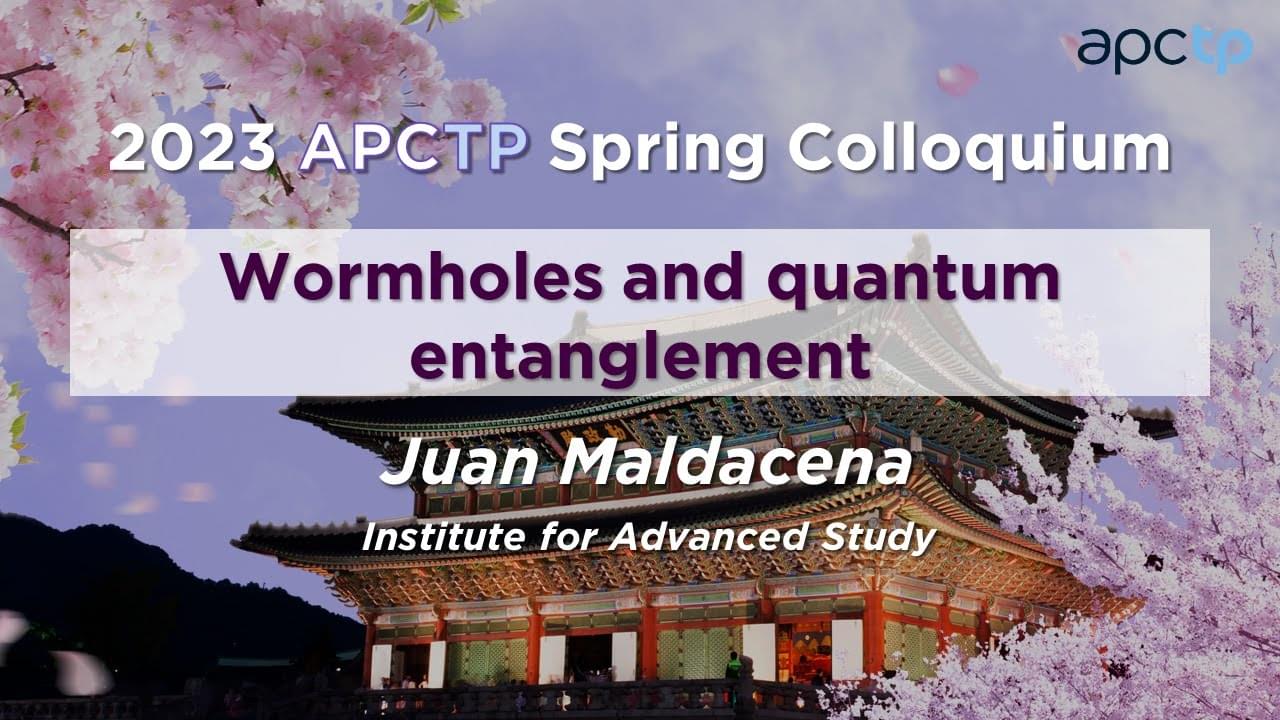
[2023 APCTP Spring Colloquium] Wormholes and quantum entanglement.
Date: 10 March, 2023
Speaker: Prof. Juan Maldacena.
Continue reading “Wormholes and quantum entanglement | Juan Maldacena” »
Jul 6, 2024
A 2D Device May Help Quantum Computers Stay Cool
Posted by Paul Battista in categories: computing, nanotechnology, quantum physics
PRESS RELEASE — To perform quantum computations, quantum bits (qubits) must be cooled down to temperatures in the millikelvin range (close to-273 Celsius), to slow down atomic motion and minimize noise. However, the electronics used to manage these quantum circuits generate heat, which is difficult to remove at such low temperatures. Most current technologies must therefore separate quantum circuits from their electronic components, causing noise and inefficiencies that hinder the realization of larger quantum systems beyond the lab.
Researchers in EPFL’s Laboratory of Nanoscale Electronics and Structures (LANES), led by Andras Kis, in the School of Engineering have now fabricated a device that not only operates at extremely low temperatures, but does so with efficiency comparable to current technologies at room temperature.
